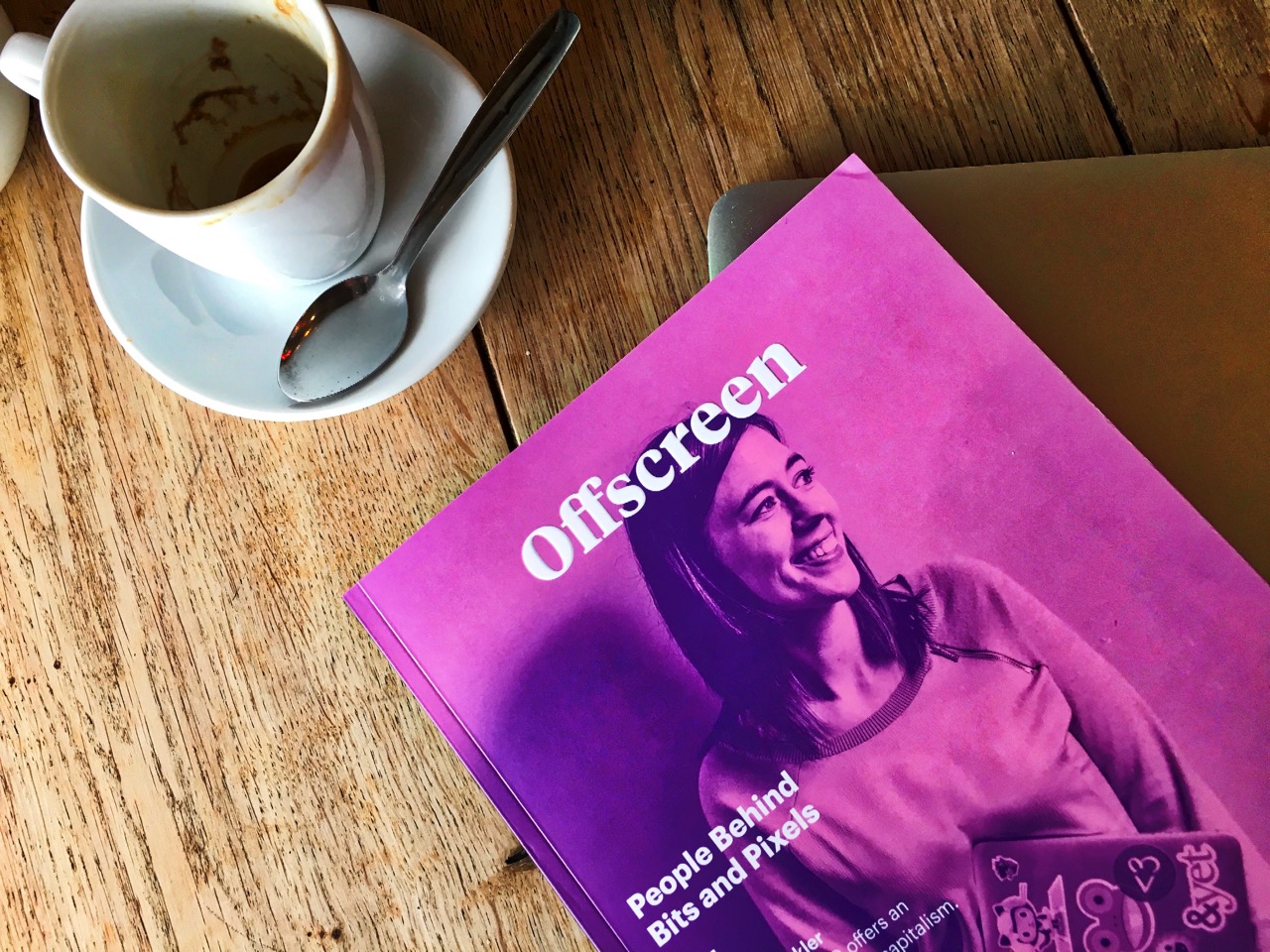
Print's not dead - it's regenerating
During one of my lecturing sessions at City, University of London last week, I made the point that just because you’re most associated with digital, doesn’t mean you don’t – and can’t – love print, too.
That’s certainly the case for me. My first love was print, and two decades ago, my major goal was to be a print magazine editor by the time I was 30 (a goal I only missed by a year or so). There’s no doubt that the advent and growth of the web has changed how I perceive print. More than that, it’s changed how I consume print. About 10 years ago, print started a precipitous decline in my life, one that was only hastened by the iPad and the Kindle.
It’s rare that I pick up a printed book or newspaper these days. But I’m buying more magazines than I ever have – they’re just better and more expensive.
In that sense, I’m an addict. And this, ladies and gentlemen, is my dealer:

The Magculture shop seen above sits just down the road from City – which, in its journalism department, probably has one of the greatest concentrations of print enthusiasts left in the country. And it’s chock full of the sort of magazines I actually like. Big. Thick. Printed on good quality stock. Limited adverts. Superb design. Sticker shock prices.
Mmm.

Here’s my theory about the long-term future of print: it’s going to turn into theatre.
Film and TV and YouTube have progressively relegated theatre from a mainstream entertainment form to one that’s much more specialised. In essence, theatre has split into upmarket, expensive “occasion” shows – and cheap, experimental “theatre above a pub or in a warehouse” efforts. The rise of these specialist – almost, dare I say it, artisanal, magazines is a sign that the former is well on its way to coming true.(I believe the correct term is “independent magazines”, but I dislike using it, because of bad school memories of “indie label” record snobs.)
Aggressively niche – and aggressively priced
Many of these magazines are aggressively niche compared to the mainstream titles you see lining the walls of WHSmiths. I have two devoted to artisan coffee culture within easy reach of me right now. One of my absolute favourites is a magazine devoted to online culture:

Yes, that’s a print magazine about digital. How can you not love that?
Like so many of its ilk, it’s not full of adverts – it has a handful of “supporters” who get a section in the middle – and it costs around £10, which is double – or more – most high street titles. But for that money, you get better design, better photography and an all-round excellent experience.
This is the Doctor Who theory of print – it’s not dead, it’s just regenerating. And much like the new series of Doctor Who that came back in the mid-2000s, it has much higher production values than its predecessor.

Over the next few weeks I’ll be writing about some of my favourite artisanal magazines, and the reason I like them. But for now, it’s always worth remembering that being digitally-focused doesn’t mean you can’t love print, any more than beings a TV fan means you have to shut film and theatre.
It’s very rare that a new medium will kill old media. But it almost always changes them.
Sign up for e-mail updates
Join the newsletter to receive the latest posts in your inbox.










